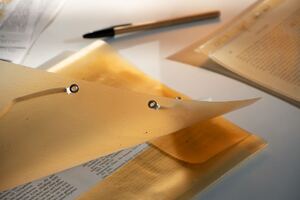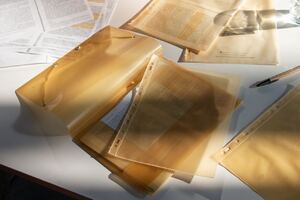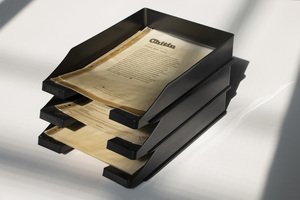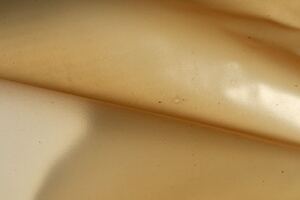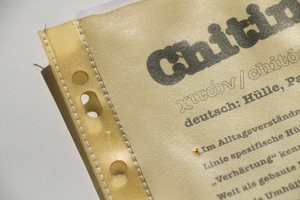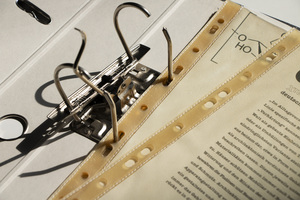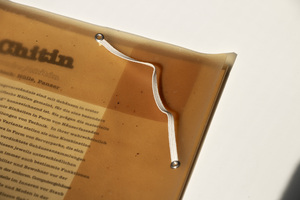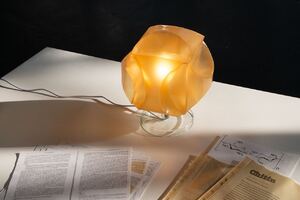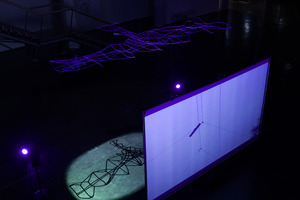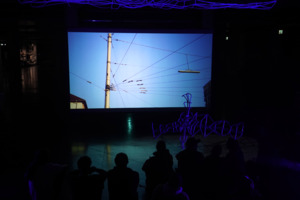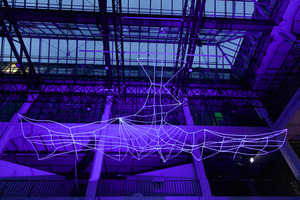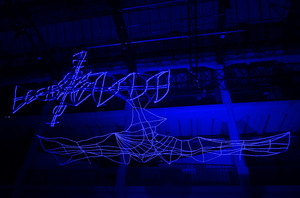Medienobjekt
Alle Inhalte mit Metadaten des Vokabulars "Medienobjekt". Sie sehen nur Inhalte, für die Sie berechtigt sind.
3116 Inhalte
- Seite 1 von 260
Fotos der Ergebnisse
- Titel
- Fotos der Ergebnisse
- Titel
- Fotos der Ergebnisse
- Titel (en)
- Photos of the results
- Urheberrechtshinweis
- ©BioDesignLab
- Freigabe Nutzung HfG
- Medienersteller/in
- Beziehung/Funktion
- Importiert am
- 17.07.2025
- Übergeordnete Sets
- 1
Fotos der Ergebnisse
- Titel
- Fotos der Ergebnisse
- Titel
- Fotos der Ergebnisse
- Titel (en)
- Photos of the results
- Urheberrechtshinweis
- ©BioDesignLab
- Freigabe Nutzung HfG
- Medienersteller/in
- Beziehung/Funktion
- Importiert am
- 17.07.2025
- Übergeordnete Sets
- 1
Fotos der Ergebnisse
- Titel
- Fotos der Ergebnisse
- Titel
- Fotos der Ergebnisse
- Titel (en)
- Photos of the results
- Urheberrechtshinweis
- ©BioDesignLab
- Freigabe Nutzung HfG
- Medienersteller/in
- Beziehung/Funktion
- Importiert am
- 17.07.2025
- Übergeordnete Sets
- 1
Fotos der Ergebnisse
- Titel
- Fotos der Ergebnisse
- Titel
- Fotos der Ergebnisse
- Titel (en)
- Photos of the results
- Urheberrechtshinweis
- ©BioDesignLab
- Freigabe Nutzung HfG
- Medienersteller/in
- Beziehung/Funktion
- Importiert am
- 17.07.2025
- Übergeordnete Sets
- 1
Fotos der Ergebnisse
- Titel
- Fotos der Ergebnisse
- Titel
- Fotos der Ergebnisse
- Titel (en)
- Photos of the results
- Urheberrechtshinweis
- ©BioDesignLab
- Freigabe Nutzung HfG
- Medienersteller/in
- Beziehung/Funktion
- Importiert am
- 17.07.2025
- Übergeordnete Sets
- 1
Fotos der Ergebnisse
- Titel
- Fotos der Ergebnisse
- Titel
- Fotos der Ergebnisse
- Titel (en)
- Photos of the results
- Urheberrechtshinweis
- ©BioDesignLab
- Freigabe Nutzung HfG
- Medienersteller/in
- Beziehung/Funktion
- Importiert am
- 17.07.2025
- Übergeordnete Sets
- 1
Fotos der Ergebnisse
- Titel
- Fotos der Ergebnisse
- Titel
- Fotos der Ergebnisse
- Titel (en)
- Photos of the results
- Urheberrechtshinweis
- ©BioDesignLab
- Freigabe Nutzung HfG
- Medienersteller/in
- Beziehung/Funktion
- Importiert am
- 17.07.2025
- Übergeordnete Sets
- 1
Fotos der Ergebnisse
- Titel
- Fotos der Ergebnisse
- Titel
- Fotos der Ergebnisse
- Titel (en)
- Photos of the results
- Urheberrechtshinweis
- ©BioDesignLab
- Freigabe Nutzung HfG
- Medienersteller/in
- Beziehung/Funktion
- Importiert am
- 17.07.2025
- Übergeordnete Sets
- 1
Foto „Meine Zuständigkeit hört auf, da wo der Strom kommt“
- Titel
- Foto „Meine Zuständigkeit hört auf, da wo der Strom kommt“
- Titel
- Foto „Meine Zuständigkeit hört auf, da wo der Strom kommt“
- Urheberrechtshinweis
- ©Asimina Sideris
- Freigabe Nutzung HfG
- Medienersteller/in
- Importiert am
- 15.07.2025
- Übergeordnete Sets
- 1
Foto „Meine Zuständigkeit hört auf, da wo der Strom kommt“
- Titel
- Foto „Meine Zuständigkeit hört auf, da wo der Strom kommt“
- Titel
- Foto „Meine Zuständigkeit hört auf, da wo der Strom kommt“
- Urheberrechtshinweis
- ©Asimina Sideris
- Medienersteller/in
- Importiert am
- 15.07.2025
- Übergeordnete Sets
- 1
Foto „Meine Zuständigkeit hört auf, da wo der Strom kommt“
- Titel
- Foto „Meine Zuständigkeit hört auf, da wo der Strom kommt“
- Titel
- Foto „Meine Zuständigkeit hört auf, da wo der Strom kommt“
- Urheberrechtshinweis
- ©Asimina Sideris
- Medienersteller/in
- Importiert am
- 15.07.2025
- Übergeordnete Sets
- 1
Foto „Meine Zuständigkeit hört auf, da wo der Strom kommt“
- Titel
- Foto „Meine Zuständigkeit hört auf, da wo der Strom kommt“
- Titel
- Foto „Meine Zuständigkeit hört auf, da wo der Strom kommt“
- Urheberrechtshinweis
- ©Asimina Sideris
- Freigabe Nutzung HfG
- Medienersteller/in
- Importiert am
- 15.07.2025
- Übergeordnete Sets
- 1
